Lightweighting Demand
The Automotive Composite Body Panel Market is experiencing a pronounced shift towards lightweight materials, driven by the automotive sector's need to enhance fuel efficiency and reduce emissions. As manufacturers strive to meet stringent environmental regulations, the adoption of composite materials, which are significantly lighter than traditional metals, becomes increasingly appealing. For instance, composites can reduce vehicle weight by up to 30%, leading to improved fuel economy. This trend is further supported by consumer preferences for eco-friendly vehicles, which are projected to grow, thereby increasing the demand for lightweight body panels. Consequently, the Automotive Composite Body Panel Market is likely to witness substantial growth as automakers prioritize lightweight solutions to meet both regulatory standards and consumer expectations.
Regulatory Compliance
The Automotive Composite Body Panel Market is increasingly influenced by regulatory compliance requirements aimed at reducing vehicle emissions and enhancing safety standards. Governments worldwide are implementing stringent regulations that necessitate the use of lightweight and durable materials in vehicle manufacturing. As a result, automakers are compelled to explore alternative materials, such as composites, which can help meet these regulations while maintaining performance. The growing emphasis on sustainability and environmental responsibility further propels the demand for composite body panels, as they contribute to lower emissions and improved fuel efficiency. This regulatory landscape suggests that the Automotive Composite Body Panel Market will continue to expand as manufacturers seek compliant solutions that align with both legal requirements and consumer expectations.
Technological Innovations
Technological advancements play a pivotal role in shaping the Automotive Composite Body Panel Market. Innovations in manufacturing processes, such as automated fiber placement and advanced resin systems, have significantly improved the efficiency and cost-effectiveness of producing composite panels. These technologies enable manufacturers to create high-quality components with intricate designs while reducing production time. Furthermore, the integration of smart materials and sensors into composite panels is emerging, potentially enhancing vehicle functionality and safety. As these technologies continue to evolve, they are likely to drive further investment in the Automotive Composite Body Panel Market, fostering a competitive landscape where innovation is key to success. The ongoing research and development efforts indicate a robust trajectory for the adoption of advanced composites in automotive applications.
Enhanced Durability and Performance
The Automotive Composite Body Panel Market benefits from the inherent durability and performance characteristics of composite materials. Composites are known for their resistance to corrosion, impact, and fatigue, which enhances the longevity of automotive components. This durability translates into lower maintenance costs and improved vehicle performance, appealing to both manufacturers and consumers. As the automotive industry increasingly focuses on producing vehicles that can withstand harsh conditions, the demand for composite body panels is expected to rise. Moreover, the ability of composites to be molded into complex shapes allows for innovative designs, further driving their adoption in the Automotive Composite Body Panel Market. This trend suggests a promising future for composite materials as they align with the industry's goals of enhancing vehicle performance and reducing lifecycle costs.
Consumer Preferences for Sustainability
The Automotive Composite Body Panel Market is witnessing a shift in consumer preferences towards sustainable and environmentally friendly vehicles. As awareness of climate change and environmental issues grows, consumers are increasingly seeking vehicles that utilize sustainable materials and manufacturing processes. Composites, which can be produced with lower energy consumption and reduced waste, align well with these consumer demands. Additionally, the recyclability of many composite materials enhances their appeal in a market that values sustainability. This trend is likely to drive automakers to incorporate more composite body panels into their designs, thereby expanding the Automotive Composite Body Panel Market. The alignment of consumer preferences with sustainability goals suggests a promising outlook for the adoption of composite materials in the automotive sector.


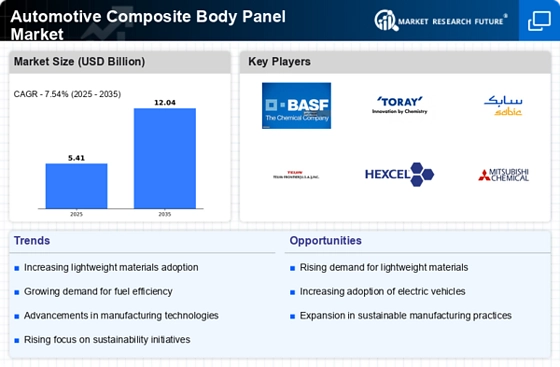
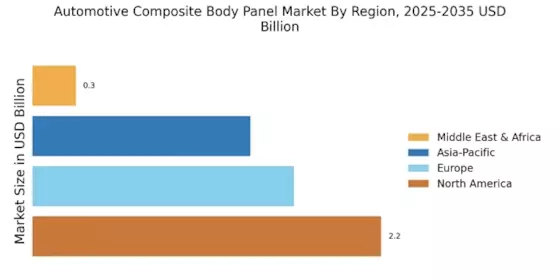

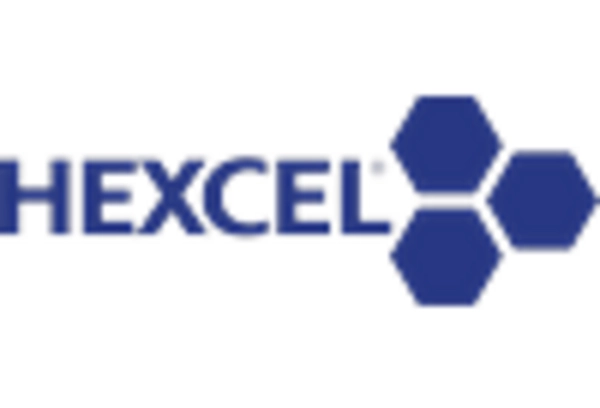


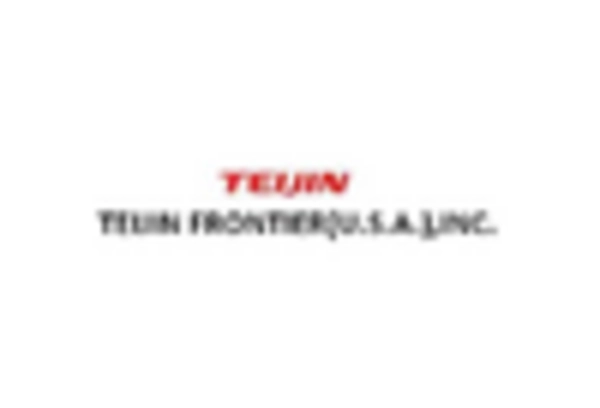
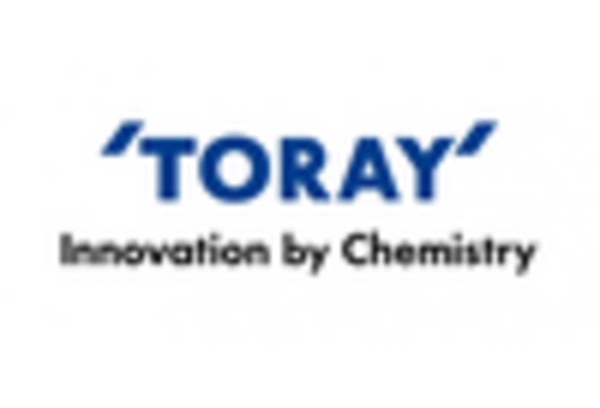








Leave a Comment